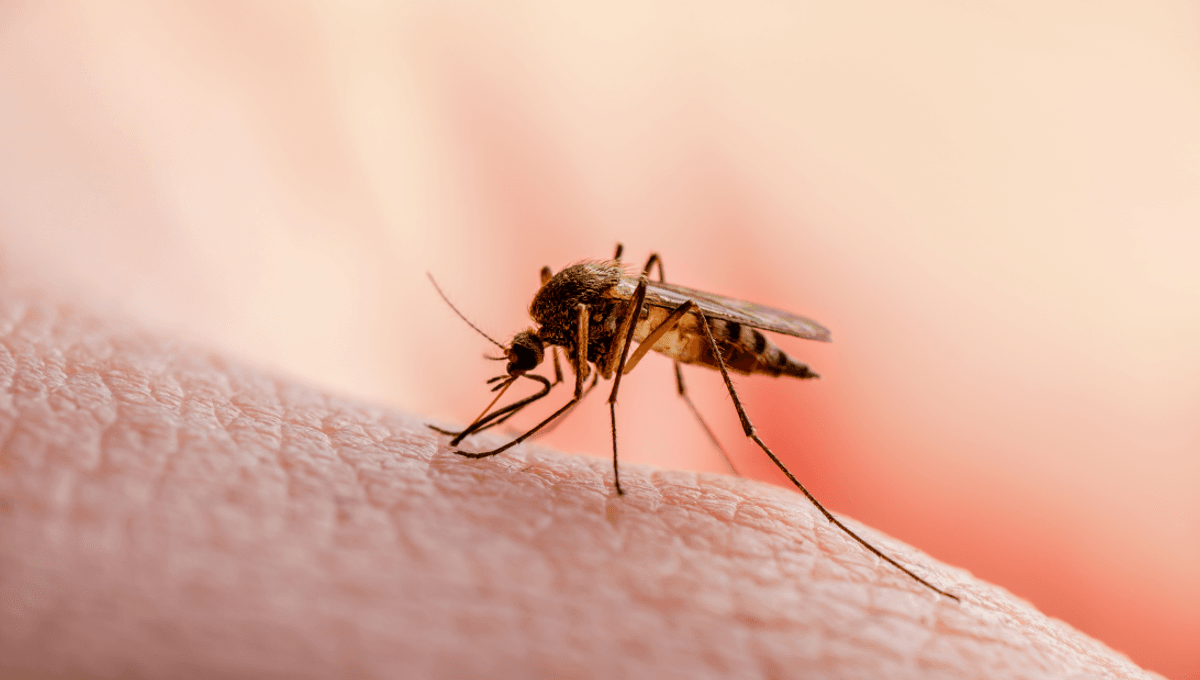
A Health Advisory has been launched by the Centers For Disease Control And Prevention (CDC) following reports of locally acquired malaria cases in two US states within the last two months. So far, four cases within close geographic proximity have been identified in Florida, triggering increased surveillance for signs of further transmission. It marks the first time in 20 years that cases of locally acquired malaria have been reported in the US, with the last being picked up in Palm Beach Country, Florida, back in 2003.
Malaria is a serious disease that can be fatal in severe cases. It’s mostly transmitted via female mosquitos that carry the parasite and bite humans to get a blood meal for their eggs. The mosquitos get the parasite from feeding on infected hosts like humans and other animals, and they pass it on with each subsequent feed.
It’s caused by protozoan parasites that sit within the genus Plasmodium, and there are five key species of concern: P. falciparum, P. vivax, P. malariae, P. ovale, and P. knowlesi. In these recently reported cases in Florida and Texas, the culprit appears to be P. vivax.
The malaria cases aren’t the first to occur in the US in recent years, as it’s not uncommon for people who have recently been traveling to only realize they have malaria upon returning home. What makes them stand out is that normally, almost all cases of malaria in the US are “imported” by traveling human hosts, whereas now the transmission is taking place on US soil.
The CDC states there’s no evidence to suggest the cases in the two US states are related, with four cases having been detected in Florida while just one has been picked up in Texas. While the risk remains low, there’s concern that cases may increase in association with higher rates of international travel this summer. As such, the CDC urges that preparations must be made to improve access to artesunate, which is the first line of treatment for malaria in the US.
“Despite these cases, the risk of locally acquired malaria remains extremely low in the United States,” they said in a statement. “However, Anopheles mosquito vectors, found throughout many regions of the country, are capable of transmitting malaria if they feed on a malaria-infected person. The risk is higher in areas where local climatic conditions allow the Anopheles mosquito to survive during most of or the entire year and where travelers from malaria-endemic areas are found.”
For further information on the recent cases, as well as signs and symptoms of malaria infection, check out the CDC’s website.
[H/T: CNN]
Source Link: Malaria Strikes The US As CDC Investigates First Local Cases In 20 Years